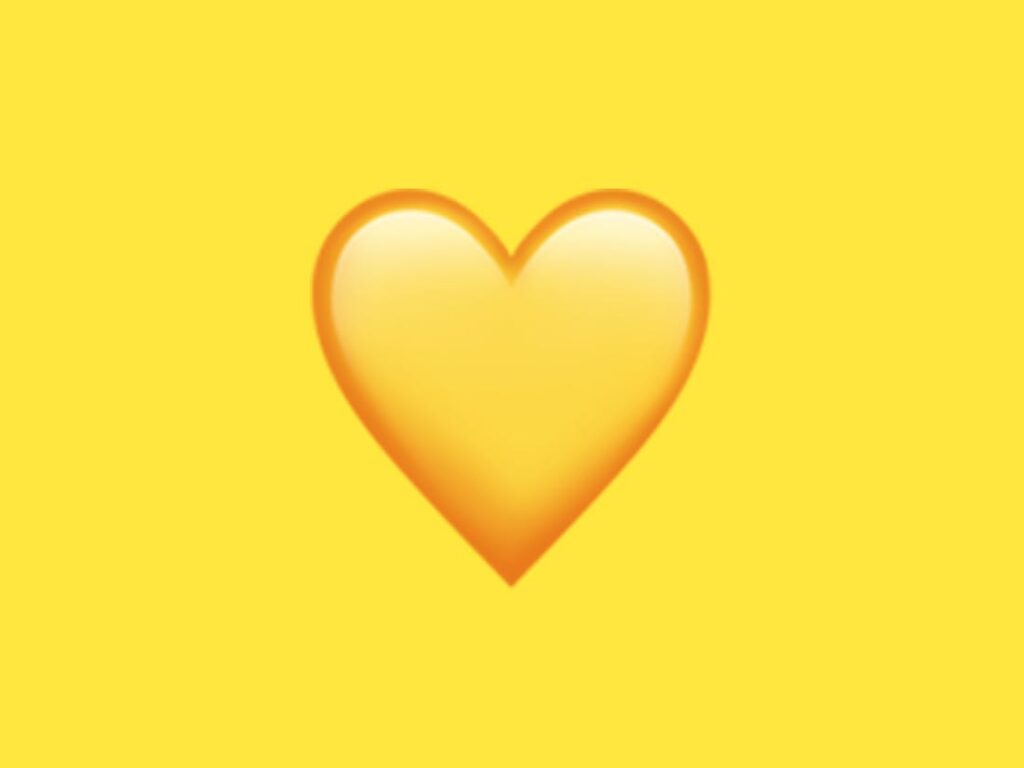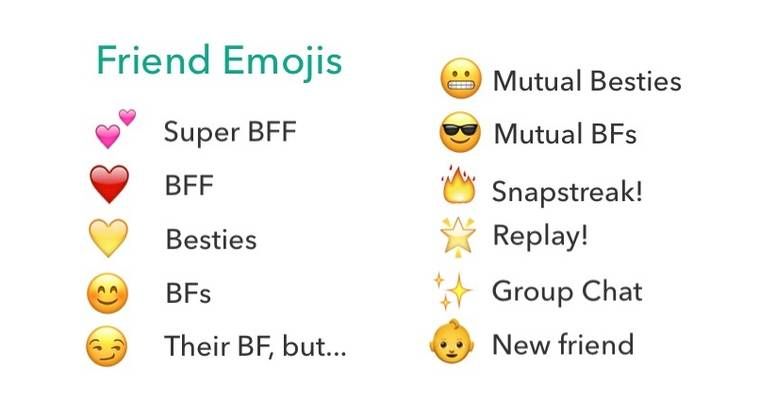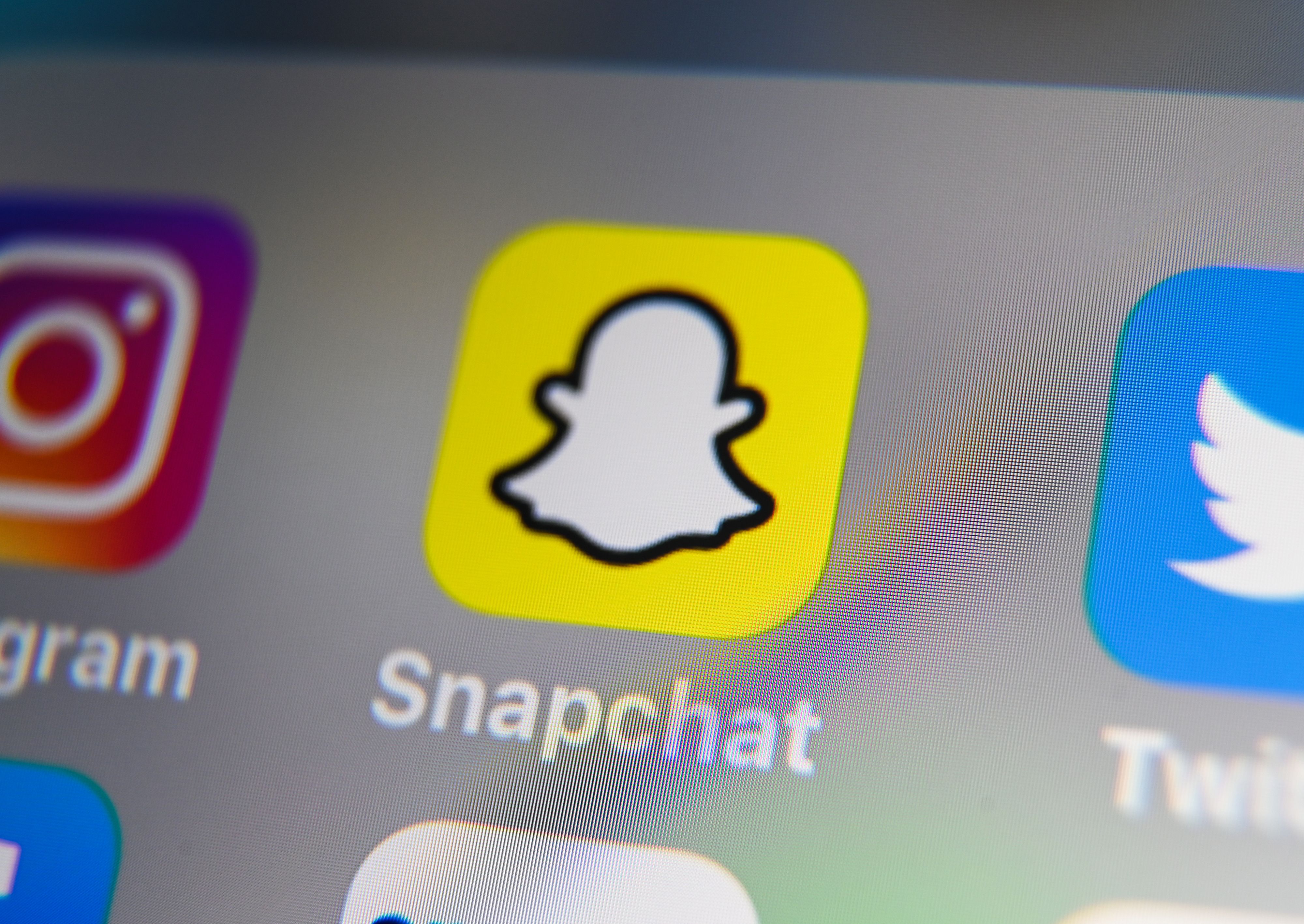
By Clara Andrews, contributing writer
Photos from Google Images
“You guys have a yellow heart on Snap? Things must be getting pretty serious…”
In a society where social media dominates culture, symbols are more prevalent in communication than ever before. Emoticons, or emojis, offer the ability to demonstrate thoughts and feelings non-verbally through text. These small pictures can display happiness, sadness, confusion, anger, disgust—basically any existing emotion. Although the specific contextual uses of some emojis have universally-accepted meanings, people often apply their own definitions to emojis based on their interpretation of the message. For example, a face with a soft smile could imply the sender is feeling either content or uncomfortable, depending on the receiver’s perception. Emojis relay communicative messages, intentionally or unintentionally (Floyd).
Young people are more often opting for online relationship maintenance strategies (Velten and Arif). One common strategy for relational communication maintenance is using Snapchat. Snapchat is a smart-phone application that allows you to quickly send pictures, videos, or texts to your friends. College students favor Snapchat over other methods of online communication, with 78% reporting that it’s their first-choice SMS (short message service) application (Cigelske). A special feature of Snapchat is that it utilizes emojis in a new way—to define a relationship between two people.

When two people begin consistently Snapchatting back-and-forth, they move up the ranks in each other’s friend lists, eventually becoming each other’s number one. When this occurs, a yellow heart emoji appears, and stays as long as you are each other’s number one friend. Eventually, the heart turns red, then pink, depending on the length of the mutual best-friendship. As a society, we have placed a certain importance on these heart emojis, defining them as relationship status symbols. The interpretations of these symbols can cause chaos within relationships.
Imagine you have had a pink heart with your significant other for months and suddenly, it disappears. You check your friends list and your significant other is still at the top of your list, which means someone has taken your number one spot on their friends list. You may ask yourself, “Who would they want to Snapchat more than me? Shouldn’t I be enough for them?” Jealousy can arouse from the presence of the heart emoji, or in this case, lack thereof (Vaterlaus et al). Or, imagine you see a yellow heart appear next to your new love interest’s name. You interpret this as a sign of the relationship being taken to the next level, when in reality, your love interest is just addicted to Snapchat. Situations like these can lead to fighting, feelings of insecurity, and lowered self-esteem (Vaterlaus et al).

We as a society cannot let the importance or status of our relationships be defined by an emoji. Even if you haven’t had personal experience with this, the phenomenon is telling of how social media and these vague symbols can deeply affect our relationships and communication. Emojis and emoticons can express a wide array of emotions, sometimes fairly accurately. But, the quality of the communication cannot compare to that of face-to-face (Velten and Arif). So, keep using Snapchat. Use it to send videos of your dog to your brother, to send a funny picture to your friend who’s having a bad day, or to hold your daily conversations with your significant other. Just don’t let it define your personal value, or the values of the relationships that matter most to you.
Sources:
Cigelske, T.L. (2018). The Highest Form of Like: Snapchat, College Students and Hyperpersonal Communication, Marquette University.
Floyd, K. (2021). Interpersonal communication (4th Ed.). New York, NY: McGraw-Hill. (1)
Vaterlaus, J., Barnett, K., Roche, C., Young, J.A. (2016). “Snapchat is more personal”: An exploratory study on Snapchat behaviors and young adult interpersonal relationships, Computers in Human Behavior 62.
Velten, J., Arif, R. (2016). The Influence of Snapchat on Interpersonal Relationship Development and Human Communication, The Journal of Social Media in Society, 5(2).
Interesting! I share your pessimism that the reliance on Snapchat ranking emojis can create problems. But it is kind of cool that there is data out there, which could possibly help us identify trends in our communication style. Like, “hmm, I never thought of her (the yellow heart) in that way, but we do seem to get along…” I have to balance our utopian views of social media with my “Black Mirror” views.
Clara this is great! I feel like this was an issue that occurred many times when the snapchat emojis came out and many people in fact lost friendships or trust based on this when it was supposed to do the opposite. Great article!
This is an awesome piece and something I think a lot of us overlook on a scale of importance. Crazy how one little emoticon can cause so much drama ! I remember a situation where one of my friends had the best friends emoji with another girl’s prospective boyfriend and it caused absolute MAYHEM between the two!! Thank you for sharing this 🙂
I really like this article because it addresses something I notice daily. Social media has completely changed the culture for the younger generation. Our society focuses on notoriety, but has also changed the course of countless relationships. The last sentence perfectly summarizes my thoughts about this as well, as emojis shouldn’t change who you are.